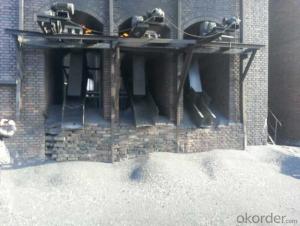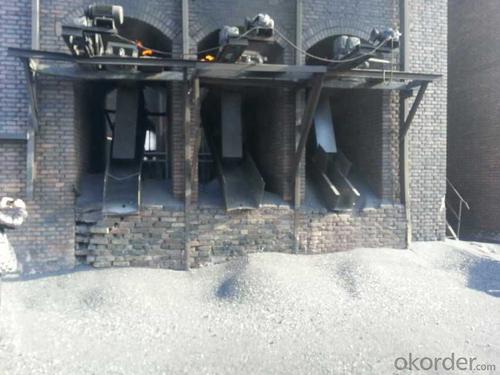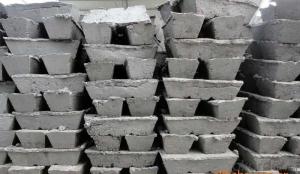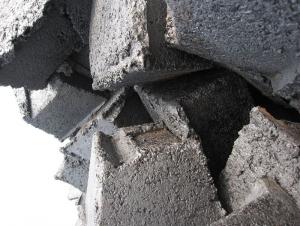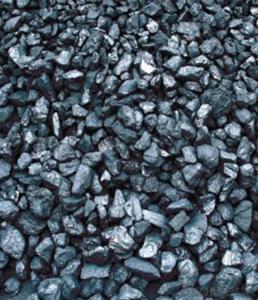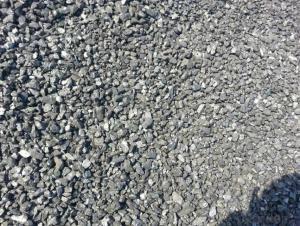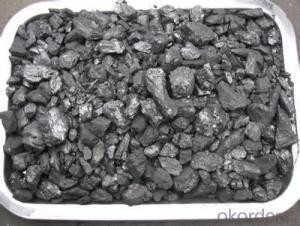Recarburizer With Good Quality Low Sulphur
- Loading Port:
- Tianjin
- Payment Terms:
- TT OR LC
- Min Order Qty:
- 20 m.t.
- Supply Capability:
- 3000 m.t./month
OKorder Service Pledge
OKorder Financial Service
You Might Also Like
Recarburizer With Good Quality Low Sulphur
Features
1. strong supply capability
2. fast transportation
3. lower and reasonable price for your reference
4.low sulphur, low ash
5.fixed carbon:95% -90%
6..sulphur:lower than 0.3%
Package
In 25KG bags or in MT bags
Product Description
Cardon additives made from well-selected Tai Xi anthracite .Mainly used in steelmaking
in electrical stove, screening water,quality,shipbuilding sandblast removing rust producingcarbon materials.Mainly industry property of it is : instead of traditional pertroleum coal of Carbon Additives,reduce the cost of steelmaking.
Specification
PARAMETER UNIT GUARANTEE VALUE
F.C.% 95MIN 94MIN 93MIN 92MIN 90MIN
ASH % 4MAX 5MAX6 MAX6.5MAX8.5MAX
V.M.% 1 MAX 1MAX1.0MAX1.5MAX 1.5MAX
SULFUR % 0.3MAX0.3MAX0.3MAX0.35MAX0.35MAX
MOISTURE %0.5MAX0.5MAX0.5MAX0.5MAX0.5MAX
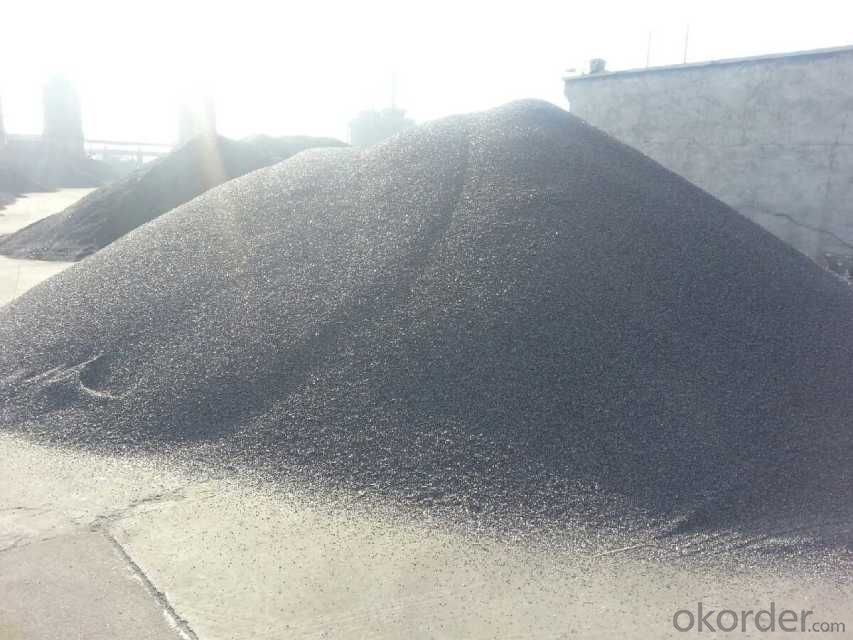
- Q: What are the impacts of carbon emissions on wildlife?
- Wildlife and their ecosystems are significantly affected by carbon emissions, which have a profound impact on their survival. The release of greenhouse gases, primarily carbon dioxide, into the atmosphere is one of the main causes of climate change, which directly affects wildlife and their habitats. One of the most immediate consequences is the alteration of habitats. The rise in temperature can result in the loss of important habitats like coral reefs, mangroves, and polar ice caps, which are home to various species. This loss can lead to the displacement or extinction of vulnerable species, disrupting entire food chains and ecological systems. Additionally, climate change has a significant influence on the timing and availability of resources for wildlife. Changes in temperature and precipitation patterns can disrupt migration, breeding, and hibernation cycles for many species. This can create mismatches between the availability of food sources and the needs of wildlife, ultimately impacting their survival and ability to reproduce. Carbon emissions also cause ocean acidification, which is detrimental to marine organisms. When carbon dioxide dissolves in seawater, it forms carbonic acid, which lowers the pH of the oceans. This acidity negatively affects marine organisms, particularly those with calcium carbonate shells or skeletons, such as corals, oysters, and certain types of plankton. This disruption in the marine food chain can have cascading effects on other marine species, including fish, birds, and marine mammals. Furthermore, carbon emissions contribute to air pollution, directly harming wildlife. Pollutants like nitrogen dioxide and sulfur dioxide can damage respiratory systems, impairing the health and reproductive success of animals. This is especially harmful to species living in or near urban areas with high pollution levels. In conclusion, carbon emissions have extensive consequences for wildlife. Climate change disrupts habitats, alters resource availability, and contributes to ocean acidification. These changes can lead to the displacement or extinction of species, disrupt entire ecosystems, and jeopardize the health and survival of wildlife. It is crucial to reduce carbon emissions and implement sustainable practices to mitigate these impacts and conserve biodiversity.
- Q: Power plant water treatment plant, there is a carbon removal device, the expert pointing out what the principle is it?
- The solubility of carbon dioxide gas in water obeys Henry's law, i.e., the solubility of gases in solution is proportional to the partial pressure of the gas on the liquid surface at a given temperature. So only to reduce carbon dioxide gas in contact with the water in the partial pressure of carbon dioxide dissolved in water and free from water will be desorbed, which will remove carbon dioxide free water, carbon remover is the principle of design!
- Q: What can light hydrocarbon carbon five be packed with?
- The stove is rated 1000 + 200Pa, outdoor transmission and distribution pipe network according to the number of users determine the diameter of the smallest diameter, 108mm diameter, maximum diameter 325mm, are made of seamless steel pipe or special gas PE pipe, outdoor pipe network by welding or hot melt connection method, the indoor pipeline for galvanized pipe, mainly adopts threaded connection. The design and construction are the same as that of the natural gas pipeline network. If the natural gas is replaced, it can be butted with the natural gas pipe mouth, and the indoor and outdoor pipe network need not make any change.
- Q: What are carbon nanotubes?
- Carbon nanotubes, characterized by their unique structure, are cylindrical formations made solely of carbon atoms. These nanotubes, aptly named due to their minuscule diameter of a few nanometers, can attain remarkable lengths of several centimeters. The distinctive structure of carbon nanotubes grants them extraordinary properties. They exhibit exceptional strength and mechanical characteristics, surpassing steel by a factor of 100 while only weighing one-sixth as much. Furthermore, they possess remarkable thermal and electrical conductivity. Categorically, carbon nanotubes can be classified into two primary types: single-walled carbon nanotubes (SWCNTs) and multi-walled carbon nanotubes (MWCNTs). Single-walled nanotubes consist of a solitary layer of rolled carbon atoms, whereas multi-walled nanotubes comprise several layers of these nested formations. The exceptional properties of carbon nanotubes enable their diverse applications across numerous fields. In the realm of electronics, their high electrical conductivity renders them suitable for use as transistors and interconnects. Additionally, their substantial surface area and electrical conductivity make them ideal for incorporation into energy storage devices like batteries and supercapacitors. Within materials science, carbon nanotubes reinforce composites, enhancing their strength and reducing their weight. Moreover, they exhibit potential applications in medicine as drug delivery systems and imaging agents. Ongoing research endeavors strive to deepen our understanding and harness the potential of carbon nanotubes. Nonetheless, challenges persist regarding their large-scale production, cost-effectiveness, and possible health and environmental ramifications. Overall, carbon nanotubes represent an exhilarating and promising domain of nanotechnology, offering vast possibilities for advancements in various fields.
- Q: What are the consequences of increased carbon emissions on public health systems?
- Public health systems are significantly affected by the increase in carbon emissions. One of the main consequences is the worsening of respiratory diseases like asthma, COPD, and bronchitis. These conditions are aggravated by the presence of fine particulate matter (PM2.5) and ground-level ozone, both of which can deeply penetrate the respiratory system. Furthermore, higher levels of carbon emissions are linked to a higher occurrence of cardiovascular diseases. The release of fine particulate matter and other pollutants from carbon-emitting sources can enter the bloodstream, leading to inflammation, oxidative stress, and the development of atherosclerosis. This can eventually result in heart attacks, strokes, and other cardiovascular complications. Additionally, the spread of infectious diseases is also influenced by climate change, which is driven by carbon emissions. The rise in temperatures and changes in precipitation patterns create favorable conditions for disease-carrying vectors like mosquitoes and ticks. This facilitates the transmission of diseases such as malaria, dengue fever, Lyme disease, and Zika virus. Moreover, extreme weather events and natural disasters associated with climate change can disrupt healthcare infrastructure and limit access to essential services, further impacting public health systems. Moreover, mental health is affected by the increase in carbon emissions as well. The degradation of the environment caused by carbon emissions contributes to feelings of anxiety, stress, and depression, often referred to as eco-anxiety or climate grief. The loss of biodiversity, destruction of natural habitats, and the general uncertainty about the future can have harmful effects on individuals and communities, requiring additional resources and support from public health systems. In conclusion, the consequences of increased carbon emissions extend far beyond the environment and have a profound impact on public health systems. They contribute to the prevalence of respiratory and cardiovascular diseases, facilitate the spread of infectious diseases, and affect mental health. It is crucial to address carbon emissions and adopt sustainable practices to mitigate these consequences and protect the well-being of individuals and communities.
- Q: What is carbon nanotechnology?
- The study and engineering of materials at the nanoscale using carbon-based materials, such as carbon nanotubes and graphene, is known as carbon nanotechnology. This branch of science focuses on manipulating and examining materials at a scale of 1 to 100 nanometers. Carbon nanotechnology takes advantage of carbon's distinctive properties to create and control nanostructures with exceptional mechanical, electrical, and chemical attributes. For instance, carbon nanotubes are cylindrical structures composed of carbon atoms arranged in a hexagonal lattice. Their unique structure grants them remarkable strength, thermal conductivity, and electrical properties. Consequently, carbon nanotubes have a wide range of potential applications in electronics, energy storage, and materials science. They offer the promise of creating stronger and lighter materials, more efficient batteries, and faster and smaller electronic devices. Another carbon-based material, graphene, is a single layer of carbon atoms arranged in a hexagonal lattice. It possesses exceptional strength, electrical conductivity, and thermal conductivity. Graphene has the potential to revolutionize industries such as electronics, medicine, and energy. Its properties make it an ideal candidate for flexible electronics, high-performance batteries, and even drug delivery systems. The development of methods to synthesize and manipulate carbon-based nanostructures is an essential aspect of carbon nanotechnology. Researchers employ techniques like chemical vapor deposition, laser ablation, and molecular self-assembly to create nanoscale carbon materials. These techniques allow for precise control over the size, shape, and properties of the nanostructures, enabling the design of materials with tailored properties for specific applications. In conclusion, carbon nanotechnology explores the unique properties and applications of carbon-based materials at the nanoscale. It has the potential to revolutionize various industries and create new technologies that can bring numerous benefits to society.
- Q: What is carbon neutral manufacturing?
- Manufacturing goods while minimizing or offsetting carbon emissions is what carbon neutral manufacturing is all about. The goal is to reduce greenhouse gas emissions at every stage of the manufacturing process, from obtaining raw materials to disposing of finished products. Achieving this involves various measures, such as improving energy efficiency, utilizing renewable energy sources, implementing sustainable practices, and investing in carbon offset projects. To become carbon neutral, manufacturers typically start by conducting a comprehensive assessment of their carbon footprint. This involves identifying and quantifying all emissions generated in their operations, including both direct emissions from manufacturing processes and indirect emissions from energy sources. Once emissions are measured, manufacturers can devise strategies to decrease their carbon footprint. Common methods for achieving carbon neutrality in manufacturing include optimizing energy consumption through efficient equipment and technologies, adopting renewable energy sources like solar or wind power, and implementing waste reduction and recycling programs. Additionally, manufacturers can invest in carbon offset projects that aim to reduce or eliminate greenhouse gas emissions, such as reforestation or renewable energy initiatives. By implementing these measures and offsetting any remaining emissions, manufacturers can achieve carbon neutrality. This not only helps combat climate change by reducing overall carbon footprints but also demonstrates a commitment to sustainability and environmental responsibility. Carbon neutral manufacturing is an important step towards transitioning to a low-carbon economy and creating a more sustainable future.
- Q: What are the impacts of carbon emissions on the stability of coral reefs?
- Carbon emissions have significant impacts on the stability of coral reefs. One of the main consequences of carbon emissions is ocean acidification, which occurs when carbon dioxide is absorbed by the ocean. This leads to a decrease in the pH level of the water, making it more acidic. Coral reefs are highly sensitive to changes in pH levels, and as the water becomes more acidic, it becomes more difficult for corals to build and maintain their calcium carbonate skeletons. The increased acidity of the water also affects the growth and survival of other organisms that form the foundation of coral reef ecosystems, such as algae and shellfish. These organisms play a crucial role in providing food and habitat for many species, including corals. As their populations decline due to acidification, the entire reef ecosystem becomes destabilized. Another impact of carbon emissions on coral reefs is ocean warming. Carbon dioxide acts as a greenhouse gas, trapping heat in the atmosphere and causing global temperatures to rise. This increase in temperature leads to coral bleaching, a process in which corals expel the symbiotic algae living within their tissues. The loss of these algae deprives corals of their main source of nutrition and gives them a bleached appearance. If the water temperatures remain high for an extended period, corals may die, resulting in the degradation of the reef structure. Furthermore, carbon emissions contribute to sea-level rise, which poses a threat to the stability of coral reefs. Rising sea levels increase the risk of coastal erosion and flooding, which can damage or destroy coral reef habitats. Additionally, increased storm intensity and frequency, a consequence of climate change, can physically damage coral reefs, making them more susceptible to disease and preventing their recovery. Overall, carbon emissions have a detrimental impact on the stability of coral reefs. Ocean acidification, coral bleaching, rising sea levels, and increased storm activity all work together to weaken and degrade these delicate ecosystems. It is crucial to reduce carbon emissions and take action to mitigate climate change in order to protect and preserve the health of coral reefs and the countless species that depend on them.
- Q: What is the carbon cycle?
- The carbon cycle refers to the process by which carbon is exchanged and recycled between the Earth's atmosphere, oceans, and land. It involves various natural processes such as photosynthesis, respiration, decomposition, and combustion, as well as human activities such as burning fossil fuels and deforestation. This cycle helps regulate the Earth's climate and is crucial for maintaining the balance of carbon dioxide in the atmosphere.
- Q: What are the specifications of carbon fiber cloth?
- Commonly used 200G, 300G and other specifications, width specifications have 10CM, 20CM, 30CM, 50CM. Strengthening technology system of deep solid building
Send your message to us
Recarburizer With Good Quality Low Sulphur
- Loading Port:
- Tianjin
- Payment Terms:
- TT OR LC
- Min Order Qty:
- 20 m.t.
- Supply Capability:
- 3000 m.t./month
OKorder Service Pledge
OKorder Financial Service
Similar products
Hot products
Hot Searches
